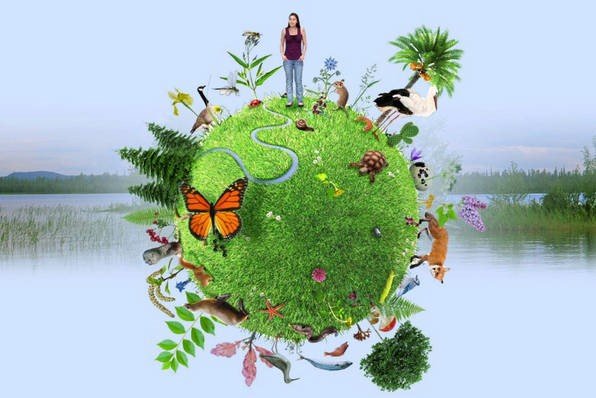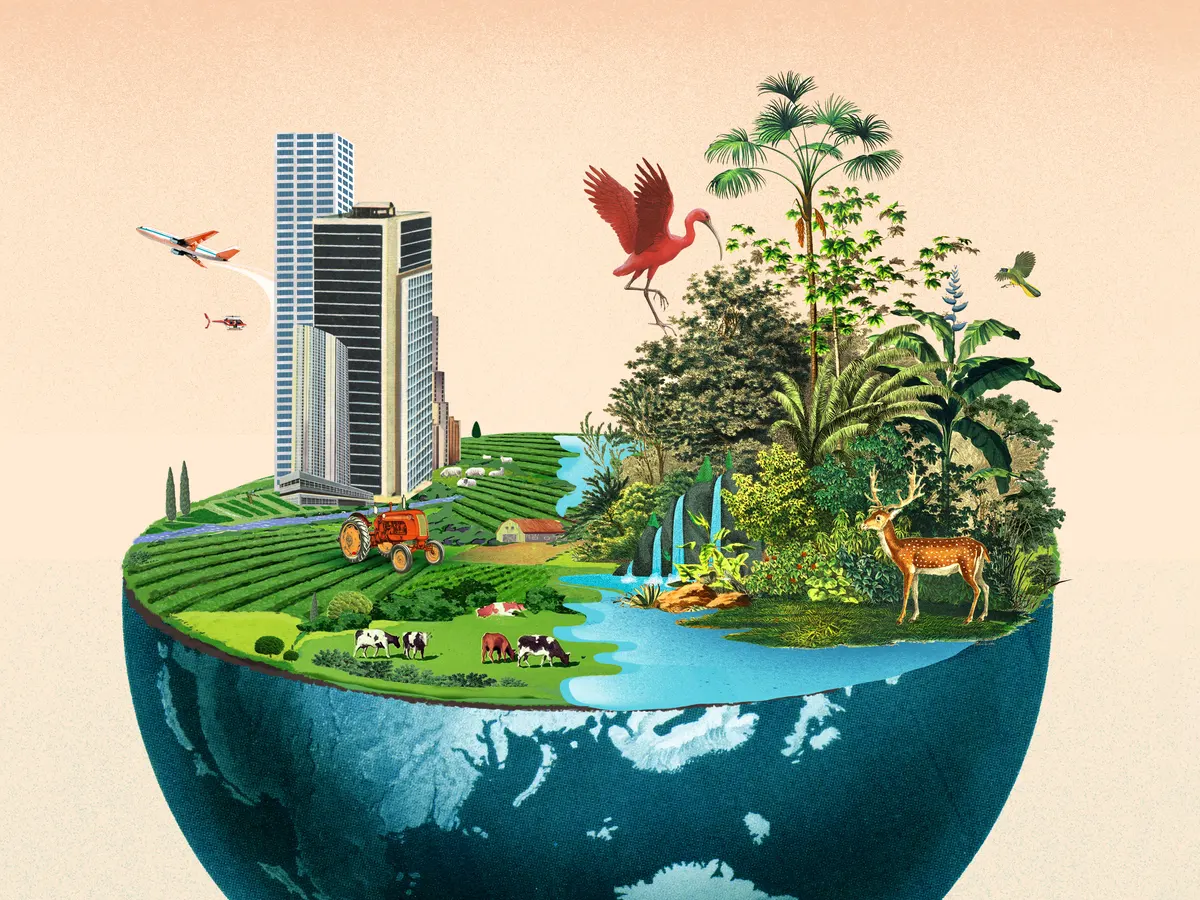Introduction
In an era dominated by technological advancements and rapid urbanization, the conservation of biodiversity often takes a back seat. However, the importance of biodiversity conservation cannot be overstated. This article delves into why preserving Earth’s diverse array of life forms is crucial for our planet’s health, human well-being, and future sustainability.
What is Biodiversity?
Biodiversity encompasses the variety of life forms on Earth, including plants, animals, microorganisms, and the ecosystems they inhabit. It is a measure of the richness and complexity of life at all levels of biological organization, from genes to ecosystems.
The Value of Biodiversity
- Ecological Stability: Biodiversity plays a critical role in maintaining the stability of ecosystems. Species interact with each other and their environments in intricate ways, forming complex food webs and nutrient cycles. A loss of biodiversity can disrupt these interactions, leading to ecosystem degradation and instability.
- Economic Benefits: Many industries rely directly on biodiversity for resources such as food, medicine, and raw materials. For instance, forests provide timber and non-timber products, while marine ecosystems support fisheries and tourism. Conserving biodiversity ensures these resources remain available for future generations.
- Ecosystem Services: Biodiversity supports a wide range of ecosystem services essential for human well-being, including pollination, water purification, climate regulation, and soil fertility. These services are often undervalued but are fundamental to agriculture, clean water supply, and climate resilience.
- Cultural and Aesthetic Value: Biodiversity enriches our lives culturally and aesthetically. Many cultures have deep spiritual and cultural connections to their local biodiversity, which contributes to identity and sense of place. Additionally, natural landscapes and wildlife inspire art, literature, and recreation.

Threats to Biodiversity
- Habitat Loss and Fragmentation: The primary driver of biodiversity loss is habitat destruction due to agriculture, urbanization, infrastructure development, and deforestation. Fragmentation of habitats isolates populations, reducing genetic diversity and increasing vulnerability to extinction.
- Climate Change: Rising temperatures, altered precipitation patterns, and extreme weather events associated with climate change pose significant threats to biodiversity. Species with narrow geographic ranges or specialized ecological requirements may struggle to adapt or migrate to suitable habitats.
- Pollution and Overexploitation: Pollution from agricultural runoff, industrial chemicals, plastics, and oil spills can degrade habitats and harm species. Overexploitation through hunting, fishing, and illegal wildlife trade further threatens vulnerable populations.
Conservation Strategies
- Protected Areas: Establishing and effectively managing protected areas such as national parks, reserves, and marine sanctuaries is essential for conserving biodiversity and providing habitats for wildlife.
- Sustainable Land Use Practices: Promoting sustainable agriculture, forestry, and fisheries helps reduce habitat destruction, maintain ecosystem health, and secure livelihoods dependent on natural resources.
- Species Conservation: Implementing species-specific conservation measures, including breeding programs, habitat restoration, and combating illegal wildlife trade, is crucial for protecting endangered species.
- Community Involvement: Engaging local communities in conservation efforts fosters stewardship of natural resources, supports sustainable livelihoods, and integrates traditional knowledge with modern conservation practices.
The Role of Technology in Biodiversity Conservation
Advancements in mobile technology and data analytics play a vital role in biodiversity conservation. Mobile apps enable citizen scientists to contribute data on species sightings and habitat observations, aiding researchers in monitoring biodiversity trends and identifying conservation priorities. Geographic Information Systems (GIS) help conservationists map habitats, plan protected areas, and monitor illegal activities like poaching.
Conclusion
Biodiversity is the foundation of healthy ecosystems, providing essential services that sustain life on Earth. Conservation efforts are imperative to safeguard biodiversity for future generations and ensure the resilience of ecosystems in the face of global challenges like climate change and habitat destruction. By recognizing the value of biodiversity and taking proactive conservation measures, we can foster a sustainable future where humans coexist harmoniously with the natural world.
References
Include a list of scholarly references and resources used to support the information presented in the article.

